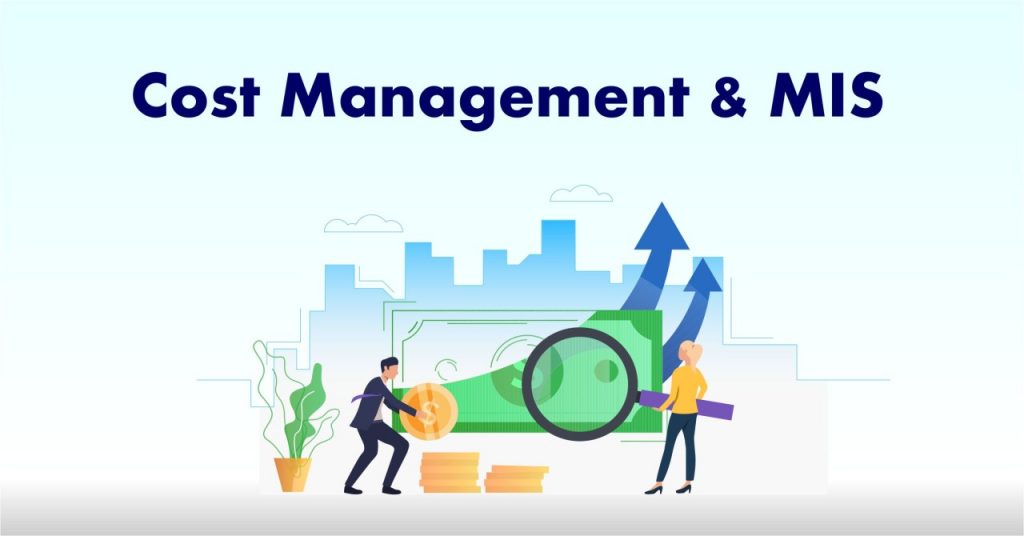Developing Strategic Production MIS Framework

Production Management deals with entire gamut of operational controls at the level of production. It involves a complex coordination of production resources like machines, manpower, material, sales orders, maintenance , quality routine etc. This also requires coordination with funds managers, vendors and dealers. Production Management function is part of wider Factory Management function and also includes Quality , Engineering and Maintenance function. The key MIS reports which should be generated as part of Production MIS are as below :
- Capacity Utilization Report : This report analyzes Capacity Utilization of different machines and production system as a whole. Reasons for variance are analyzed.
- New Technology Report : This report analyzes New Technology which have come in market – local as well as global. This report also lists Technologies which are in trial stage and likely to come in future. Cost – Benefit analysis is done for all new technologies and decision if any to be taken for introduction.
- Plant Performance Report : This report reviews performance of plant as it stands in present. Future revenues and costs are estimated. This is compared with Gains from replacement of new equipment.
- Process Improvement Report : This report compares Standard and Actuals performance in terms of Time spent and Cost incurred in different processes and sub processes.
- Production Planning & Control MIS : This report analyzes gaps in resource availability in terms of man, machine and material for a specific Production Plan.
- Production Bottlenecks Report : This report analyzes Production Bottlenecks in terms of man, machine, material, utilities and others issues. Reasons of same are analyzed and action decided.
- Standards Review MIS : This report reviews standards of Machine Hours, Labor Hours, Material Consumption Rate, Consumables Consumption Rate, Power Consumption etc. Present standards are compared with national and global standards. Target Improvements are listed and action decided upon.
- Shop Floor Rejections Report : This report analyzes Shop Floor Rejections in different processes. Cost of such rejections are estimated. Reasons are analyzed and actions decided upon.
- Production Loss Report – Reason Wise: This report analyzes Reasons of Production Losses. Frequency of reasons are analyzed and corrective actions taken.
- Machine Productivity Report : This report analyzed productivity of machines in terms of hours run as well as production units per hour. Comparison is made between standard and actuals.
- Power Losses MIS : This report analyzes power utilization and compares with standards.
- Boiler Efficiency Report : This report analyzes efficiency of Boiler in terms of cost per unit of steam.
- Generator Efficiency Report : This report analyzes efficiency of generator in terms of cost per unit of power generated.
- Machine Hour Rate MIS : This reports computes Machine Hour Rates for a period and compares with Standards. This report is also useful for Job and Process Costing purposes.
- Labour Hour Rate MIS : This report computes Cost of Labour per hour and compares with Standards.
- Process Costing MIS: This report analyzes Standard and Actuals costing of different processes in terms of material, machining, labor, power and overheads
- Job Costing MIS : This report analyzes Standard and Actuals costing of different jobs in terms of material, machining, labor, power and overheads.
- Safety Management MIS : This report lists compliance of safety measures in different segments. Levels of compliance are indicated. Reasons of noncompliance are analyzed and corrective actions decided upon.
- Accident Control MIS : This report analyzes incidents of accidents, their frequency & costs. Reasons of same should be analyzes and corrective actions taken.
- Maintenance Analysis MIS: This report analyzes Preventive & Breakdown Maintenance incidents.
- Maintenance Efficiency Reports : This report compares actual hours spent on maintenance jobs with standard hours for same.
- Maintenance Effectiveness Report : This report indicates effectiveness of maintenance in terms of saving in lost production time. The purpose of maintenance is to prevent loss in production time due to breakdown of equipment.
- Production Loss Report – Incident Wise : This report analyzes incidents of Production Losses. Reasons are analyzed and corrective actions taken.
- Maintenance Man Power Report : This report indicates utilization of maintenance man power. Comparison can be made over a period of time. This shall indicate any underutilization & can help to avoid wide fluctuations by shifting peak man hour time slot to those with less load time slots.
- Repairs MIS : This report lists incidents of Repair of equipment. It analyzes frequency, reasons and costs involved.
- Rework Cost MIS : This report analyzes Cost of Rework of rejected material. This shall help to decide whether rejections needed to be reworked or sold as scrap.
- ————————————————————
Please watch this space for regular articles on Strategy, MIS , Systems, Costing & Audit.
For Free Subscription to CSM Strategy & MIS Journal , Please send your Email Details in comments or Email given below.
This article is part of publication Strategic MIS. To download SMIS brochure : https://www.csmstrategy.com/pdf/SMIS_Brochure.pdf
To know more about our Media, Training and Consultancy Services please contact on details below. To download complete Catalog , click on link below: https://www.csmstrategy.com/pdf/Catalog.pdf
- Call: 9818397806 / 9582497948/0120-4130954
- Mail: info@csmstrategy.com
- Website : www.csmstrategy.com
- Journal : journal.csmstrategy.com
©All rights are reserved with author
#strategy #MIS #ERP #Systems #Cost #analytics #planning #Audit #HR #Finance #Marketing #operations #Reports #profit #risk #supplychain #process #learning #knowledge #corporate #information #production #quality #maintenance




